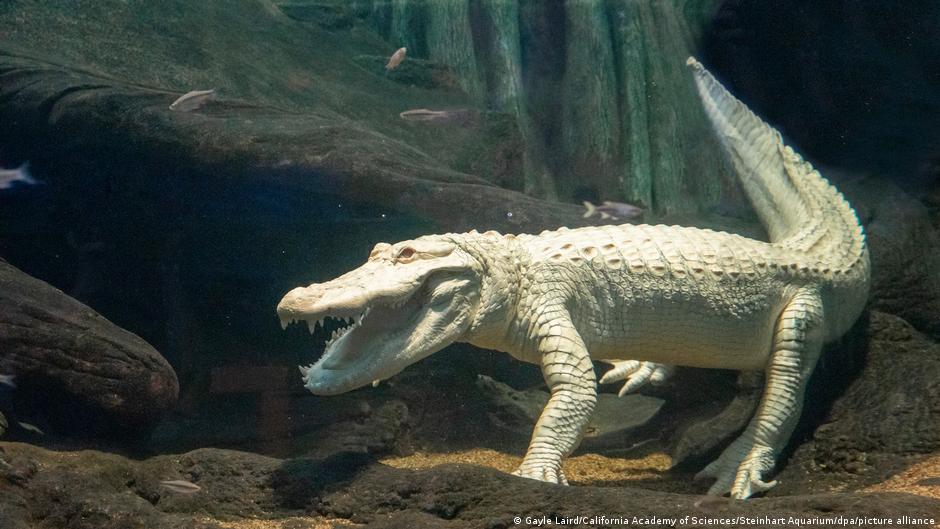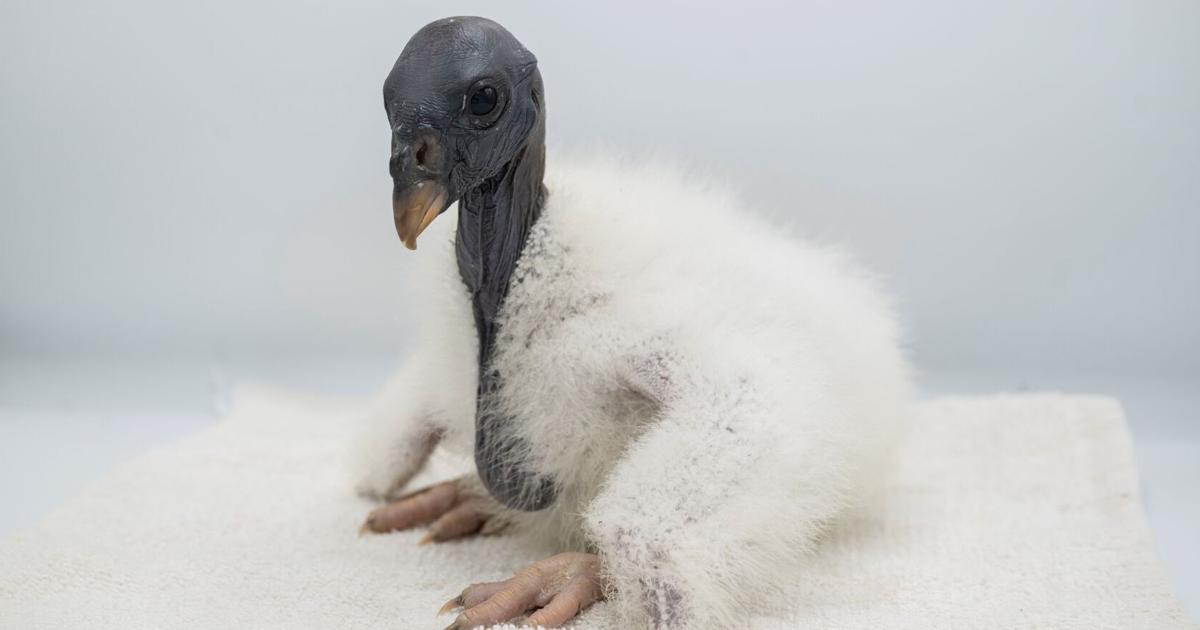#animal-care
#animal-care
[ follow ]
fromLos Angeles Times
3 weeks agoTigers, a serval and a tortoise: Moorpark College's Teaching Zoo trains students for animal careers
The serval did not want to go into her crate. The spotted cat's name was Naomi, she had just been weighed, and now it was time to do as she was told. "C'mon - in your crate," urged Thomas Barber, a student at Moorpark College. Naomi, held on a leash by student Trinity Astilla, was the picture of lithe, feline elegance as she slunk around a dusty enclosure, briefly hopping atop her crate - but not into it.
Education
fromBusiness Insider
1 month agoMy family has lived on a farm for 15 years. This lifestyle isn't easy, but it's been great for my kids.
Some kids start their mornings with cereal and cartoons, but my daughters start theirs with rubber boots and feed pails. In 2010, I moved to a cattle and grain farm in east-central Alberta, Canada, to be with my now-husband. Fifteen years later, our two daughters - who are 13 and 12 - have never known another home. Life here is unconventional, especially compared to my previous lifestyle in the city, because there's always work to do.
Agriculture
fromABC7 San Francisco
5 months agoSJ Animal Care and Services gearing up for increase in lost pets due to fireworks
"The Fourth of July is one of the scariest days for pets," San Jose Animal Care and Services field operations supervisor Jaysen Jenkins said. "They just want to get away from the noise - which means they'll jump fences, we've even had reports of dogs breaking through plane glass windows."
Pets
[ Load more ]








